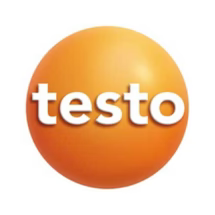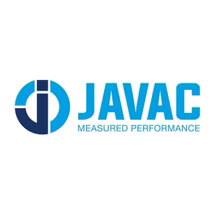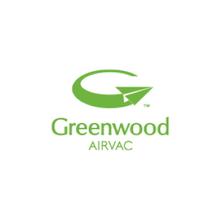Overview
With the testo 830-T4 infrared thermometer you will be well equipped for non-contact surface temperature measurements in industry and trade. It is especially distinguished by its 30:1 optics, which also enable the infrared temperature measuring instrument to record extremely small measuring spots at a great distance. This therefore allows moving or dangerous objects to be measured at a safe distance.
All key advantages of the infrared thermometer at a glance
The infrared thermometer with laser measurement spot marker not only measures the surface temperature accurately, but also quickly (2 measurements a second). Benefit from these and other advantages of the infrared temperature measuring instrument:
- High resolution processor provides accurate results (resolution 0.1 °C)
- 30:1 optics enable great accuracy at great distances on small objects being measured (1 m distance = 36 mm measuring spot diameter)
- Infrared thermometer with 2 point laser measurement spot marker: the measuring point can be precisely defined (= surface between the two laser points)
- Two limit values that can be defined as required
- Visual and acoustic alarm if limit values are exceeded
- Min./max. temperature display and hold function (to "freeze" a certain measured value)
- An external temperature probe can be connected, e.g. to determine the emission level of the surface, or for additional contact temperature measurement
- Convenient operation (even with just one hand) thanks to the gun-style design
- Clear, legible display with background lighting
Furthermore, the infrared temperature measuring instrument delivers extremely fast results in that up to two measurements a second are possible. This means that extensive surface temperature scans are also easy to handle.
Extended functions with the connectible probe
An optional external temperature probe can be connected to the testo 830-T4 infrared thermometer if you would like to carry out a contact measurement in addition to the non-contact IR measurement (e.g. for control purposes). There are a range of thermocouple probes available for temperature measurements of air, liquids, semi-solid media, and surface temperatures.
The comparative contact measurement with a surface temperature probe will help you determine the emission level of the surface material. This means you will be able to set the infrared thermometer emission level accordingly in order to achieve the best results in the subsequent IR measurement.
In the case of surfaces with an extremely low emission level, we recommend using either an emission tape (optional), or the connectible contact probe (optional) throughout the measurement.










